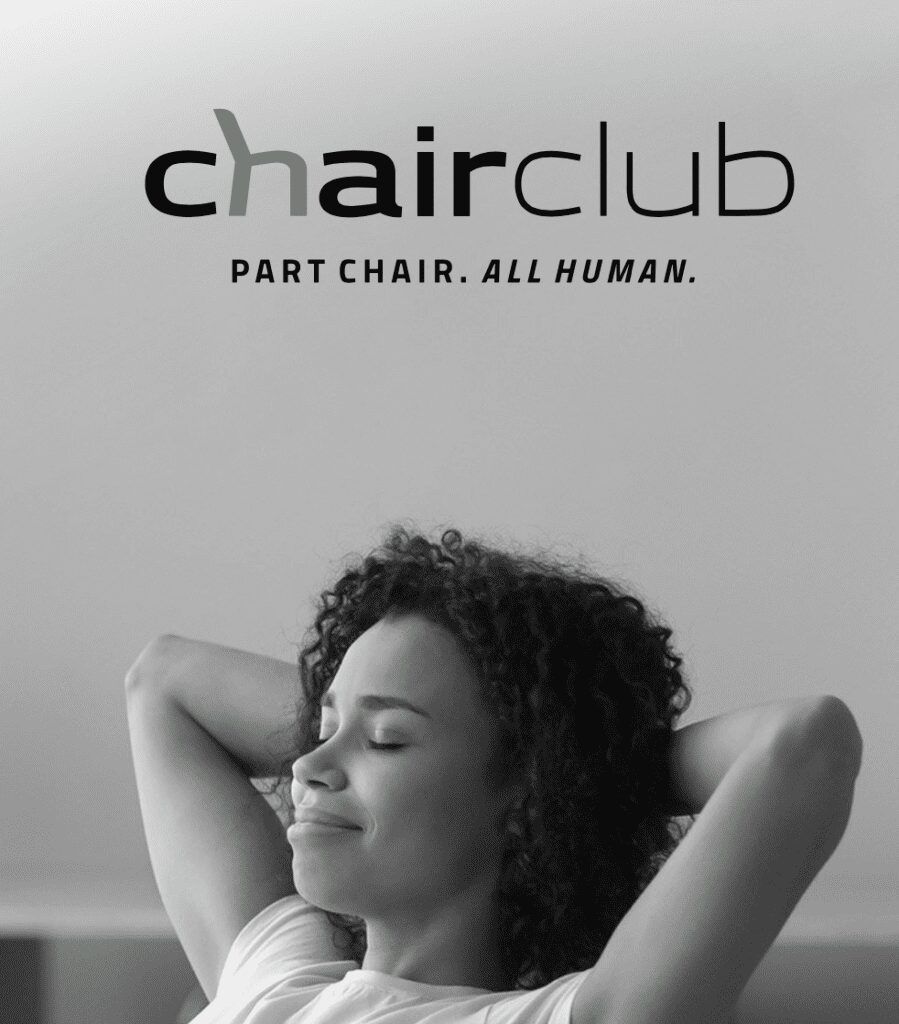WHAT IS AN INCLUSIVE WORKSPACE?
Have you’ve ever heard the term ‘inclusive workspace’ and wondered what it means? An inclusive workspace is a space where everyone – irrespective of differences – feels welcome and accommodated.
CREATING INCLUSIVE WORKSPACES
Diversity is a hot topic in organisations around the globe. Studies have shown that hiring a diverse range of people from different backgrounds, ethnicities, religions, and physical abilities can help you build a more future-forward organisation. But simply hiring a range of different people is not enough. To create a workplace that accepts and celebrates diversity, spend some time looking at how to make your space more inclusive.
Inclusive Design shouldn’t be an afterthought. You should intentionally include inclusive design ideas into your planning phase. Subtle changes to your workplace design can go a long way to creating an environment that is inclusive for more people.
WHAT DOES AN INCLUSIVE WORKPLACE LOOK LIKE?
An inclusive work environment goes beyond just catering to people with physical differences. A truly inclusive space makes an effort to include people with disabilities, people from various religious backgrounds, and even people with different styles of working.
EASY WAYS TO BRING INCLUSIVITY INTO THE WORKSPACE
Some ideas for inclusivity are fairly simple to achieve and can be done without completely reworking your existing space.
Consider adding a ramp alongside stairs for wheelchair access. Add additional handles and knobs on doors to make them easier to access, even for people with limited physical dexterity.
Bring in ergonomic keyboards and specialised furniture those who need them.
Ensure employees have access to ergonomic seating to assist employees with chronic pain.
Introduce adjustable desks that can be height adjusted for taller and shorter people and people in wheelchairs. Chairs should also be height adjustable.
Introduce standing desks for people who prefer to have that option.
Modular furniture can be introduced for employees who need more privacy. Privacy screens can help sensitive employees cocoon themselves in a noisy office environment. Modular furniture gives you the option of putting up and removing barriers between desks when necessary.
Introduce technology like screen reading software and sign language apps. Consider adding an induction loop in your boardroom for hearing impaired employees.
Create quiet zones where people can escape to work quietly. Offer noise-cancelling headphones for noise-sensitive employees.
Add prayer rooms and allow for religious practices. Consider adding gender-neutral toilets.
Be mindful of strong smells and very bright lighting that could be off-putting to sensitive people. Some companies have even invested in technology that allows individual workers to adjust the lighting and air temperature around their desk so they can create an environment where they feel comfortable.
Add office plants to help filter the air, reducing pollution and reducing the risk for allergy sufferers.
Ensure bright windows are covered with blinds to reduce glare and eyestrain.
MORE IDEAS FOR CREATING AN INCLUSIVE ENVIRONMENT
Employers can assist creating an inclusive space by introducing flexible working hours and allowing employees remote working options.
They should also work to ensure company policies are inclusive and provide sensitivity training and inclusivity workshops if necessary.
If designing a workplace from the ground up, keep inclusive design in mind from the outset. Ensure that keypads or fingerprint readers installed in the building are available at different heights. Ensure plug points are accessible for a range of people. Make doorways as open as possible, and create open spaces and wide corridors for easy access. Install automatic doors if possible.
True inclusivity begins with effective leadership. A culture of inclusivity and diversity begins at the top, and leaders need to take an active role in creating an inclusive environment. By being open to new ideas and constantly working to make the workplace more inclusive, leaders can help to create a workplace that works for all employees – regardless of their differences.
The end goal is an environment that’s comfortable for all, ensuring better productivity and employee engagement.

